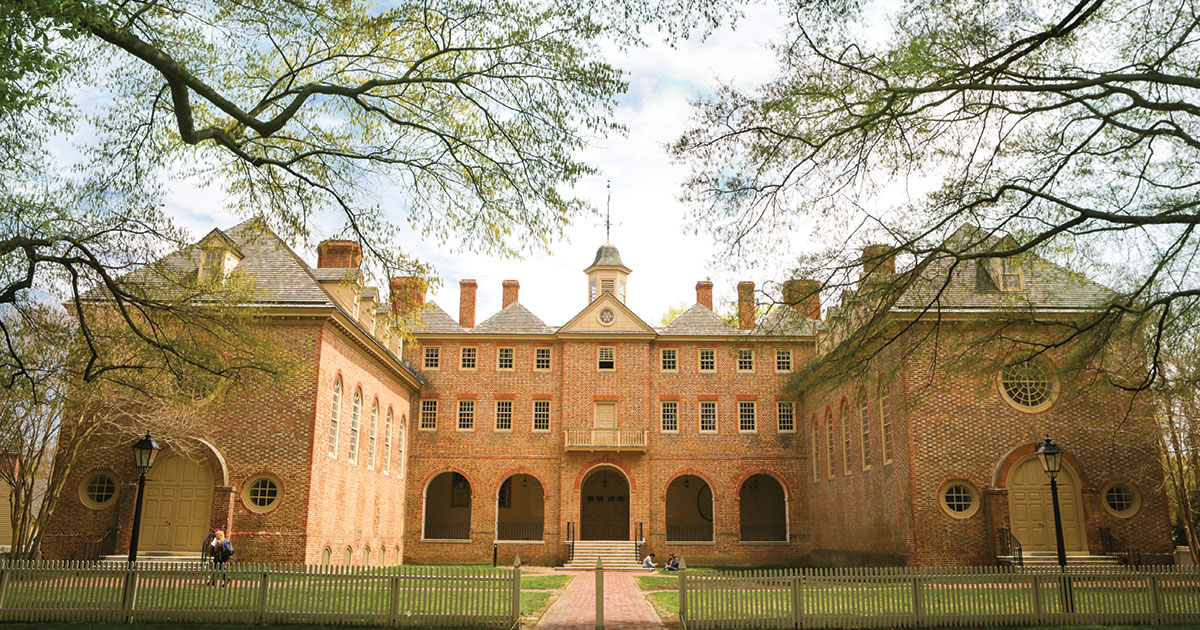Tech turns bots into bay keepers
When Dr. Juliette Smith stepped onto the Virginia Institute of Marine Science campus in Gloucester Point as a newly minted assistant professor in 2014, she had a bold idea in mind: What if she could reduce the impact of harmful algal blooms (HABs) in Chesapeake Bay?
Since 2007, the York River has experienced an increase in HABs. Concerned local citizens, health officials, anglers and aquaculturists have asked when is it safe to be in the water or enjoy local catch, and they look to VIMS for answers. Recent damage to the West Coast seafood industry from a massive bloom of Pseudo-nitzschia, another toxic HAB organism, serves as a cautionary tale for Virginia and its seafood and aquaculture industries.
“There are scientists exploring why the blooms are spreading and becoming more frequent,” Dr. Smith said, “but my team has a particular interest in how HABs and associated toxins affect our ecosystem and threaten public health.” She believes that a network of Imaging FlowCytobots — automated, submersible bots that capture images and collect data of phytoplankton at a frequency and detection level that would otherwise be unattainable — is the key. Located in Chesapeake Bay and on the Eastern Shore, the cytobot network would be the basis for an early warning system with the goal of protecting human health and Virginia’s growing aquaculture industry against HABs and biotoxin contamination in seafood throughout the region. The collected data would also complement research and advisory services already being conducted by other members of the VIMS HAB group, Drs. Kimberly Reece and Wolfgang Vogelbein.
When Williamsburg philanthropists Harry and Judy Wason met with the young scientist and heard her enthuse about a cytobot network that could improve quality of life in Chesapeake Bay, they quickly saw the importance and potential impact of the project.
“The Chesapeake Bay is a treasure,” Harry Wason said. “Judy and I were immediately excited about the opportunity to gain a better understanding of algal blooms and the potential of this technology to improve lives.” The project did so much to stir the Wasons’ imaginations that they agreed to contribute $200,000 to VIMS for the purchase of their first cytobot, currently being built in New England, and to support a graduate student who will work with Dr. Smith to train the cytobot.
“All of my life I have been concerned about the environment and the impact people have on it,” said Harry Wason. Having grown up on the water, Harry saw firsthand the effects of changes in our estuaries. “First the grass was gone, then the crabs, then the work boats,” Harry noted. He knew that if the boats were gone, watermen were losing their ability to make a living.
“The cytobot will really enable VIMS to take the lead in early detection of harmful algal blooms,” Dr. Smith said. “We will be providing resource managers, industry members, health officials and the public with an early warning system. Not only will it protect public health, it will ensure aquaculture sustainability in our region.”
The Wasons are closely following the progress of VIMS’ first cytobot as it undergoes construction and will be front and center this summer when it is launched from the VIMS pier. “We hope others will be inspired to help fund additional cytobots and create a Chesapeake network,” said Judy Wason.
“The Wasons have not only made this important work possible, they’ve given Juliette and her team of staff and students the technology that will establish them on their long-term career trajectories. It’s an amazing gift that will reap so many benefits for so many people in Virginia, and in states that are looking to Juliette and to VIMS for leadership on how to get ahead of these blooms.” said VIMS Dean and Director John Wells.

